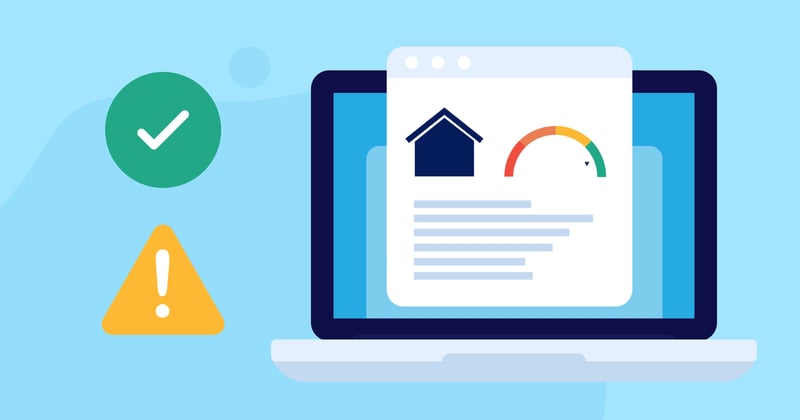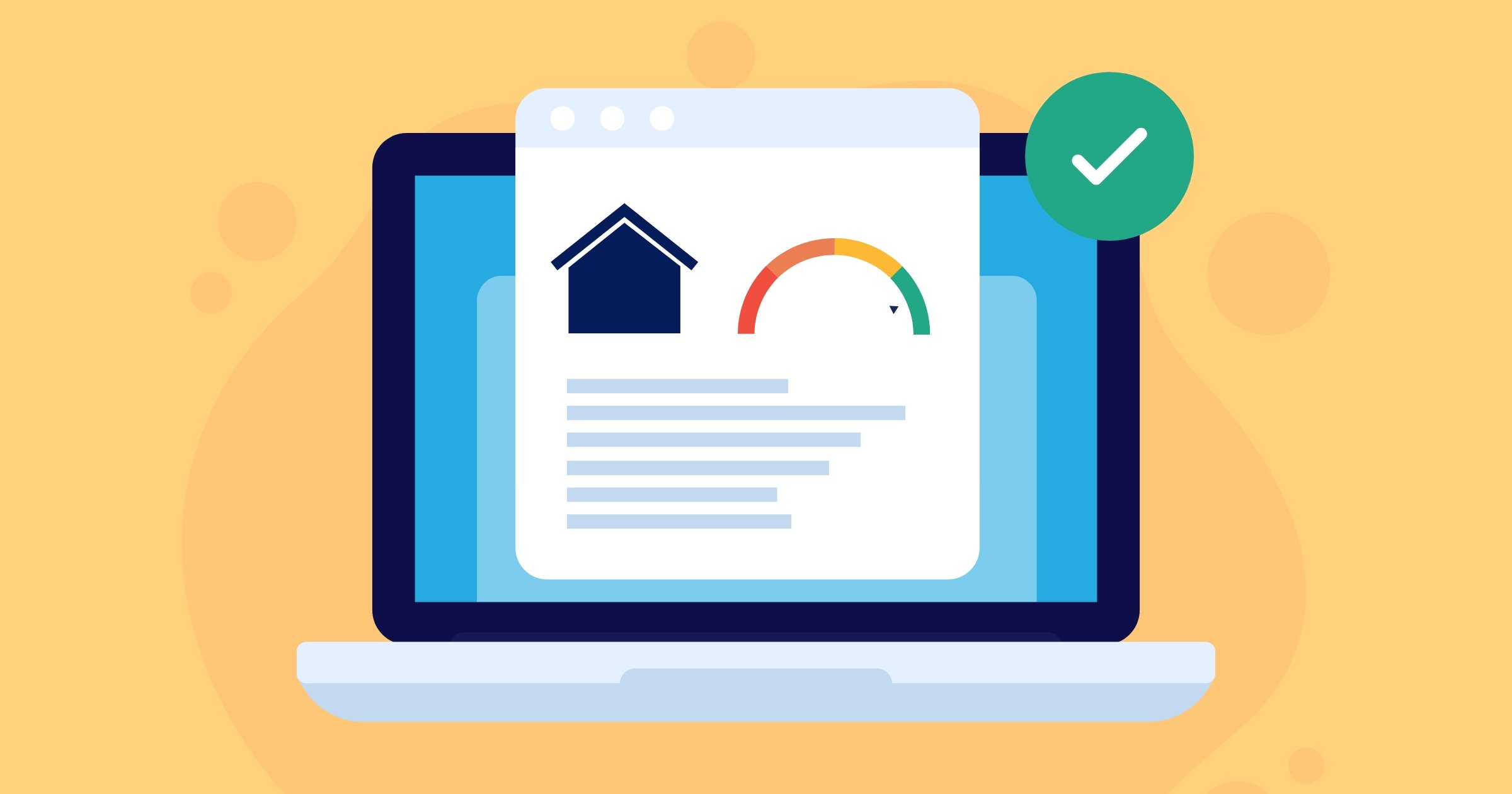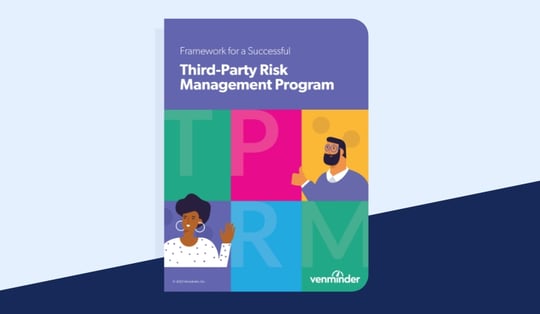Over the past few decades, vendor risk management, also known as third-party risk management, has evolved into a more structured and regulated practice for many industries. Regulators like the Consumer Financial Protection Bureau expect the mortgage industry to oversee their third-party relationships, including performing due diligence and ongoing monitoring.
An effective vendor risk management program will protect your mortgage company from various third-party risks that can harm its reputation, operations, finances, and more.
Despite the increased attention given to this important business practice, many mortgage companies are still relying on manual processes like Excel for their vendor risk management activities. Excel spreadsheets might be good enough for certain business functions like creating monthly sales reports or tracking marketing data, but the capabilities are somewhat limited for vendor risk management. Replacing Excel with vendor risk management software can help increase efficiency in your program and ease the burden on your team.
Don’t Settle for Good Enough
You’re probably familiar with the phrase, “If it isn’t broke, don’t fix it,” so why switch to vendor risk management software if Excel is working just fine? Rather than settling for what’s good enough right now, consider how your needs may shift as your mortgage company grows and changes. Plus, you may even realize the limitations of Excel after using vendor risk management software.
4 Reasons Why Excel Isn’t a Good Vendor Risk Management Tool for Mortgage Companies
Excel is a valuable tool for many processes, but your vendor risk management program deserves a better solution. Here are a few reasons why Excel can fall short:
- Doesn’t recognize bad data – An Excel spreadsheet will generally accept any of the data you input, even if it’s poor quality and filled with errors.
- Prone to human error – Vendor risk management requires the collaboration of multiple people who can potentially lose or override critical details.
- Requires extensive labor – Maintaining a process for version control is an important practice, but difficult to do when you have hundreds or thousands of vendors in different lifecycle stages.
- Limited capabilities – Excel doesn’t offer many of the robust capabilities that you can find in vendor risk management software, such as automation, centralization, and adaptability. All these features can greatly improve your vendor risk management processes.
How Software Can Streamline the Vendor Risk Management Lifecycle
When you think of all the activities involved in vendor risk management, it’s easy to see why it’s a smart decision to create efficiencies wherever possible. From the initial due diligence in the onboarding stage to reporting and more, vendor risk management software can offer tremendous value for your mortgage company in all stages of the risk management lifecycle.

Here are just a few examples:
- Initial Due Diligence – The due diligence process can be customized by vendor type, allowing for a more streamlined and expedited workflow. Software also enables easy side-by-side comparison so you can select the best vendor for your needs.
- Contract Negotiation – Vendor contracts must be continuously managed, which is easier to do when stored in a centralized location through software. This allows your mortgage company to have increased visibility into each vendor relationship so you can avoid missing important contract renewal dates and renegotiate for better terms.
- Inherent Risk Assessments – Create custom risk assessments in the software to determine both inherent and residual risk. Collaboration is also improved, with the ability to select prevailing contributors.
- Risk Re-assessments – Your vendors will need to be re-assessed at different intervals, depending on inherent risk and criticality, and software can offer a more organized approach to this process.
- Ongoing Monitoring – Software provides a simpler way to monitor your vendor’s performance and risk in a centralized location. Mortgage companies can customize the data they want to see and use that information to take action, as needed.
- Reporting – Customized reports can be created from data across the vendor lifecycle. Software makes it easy to look at a single vendor or your entire vendor inventory.
After reviewing some of the downsides of Excel and the advantages of vendor risk management software, it might be worth considering how you can make the switch at your own mortgage company. Vendor risk management is continuously evolving with best practices and new regulations, so increasing efficiencies will always be a good idea.


















